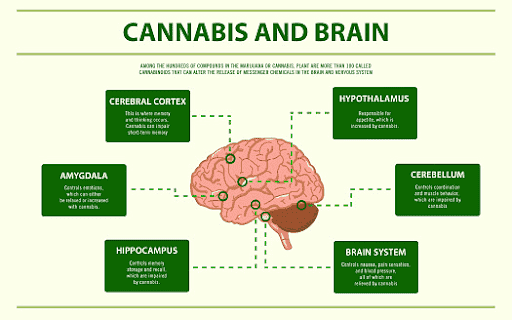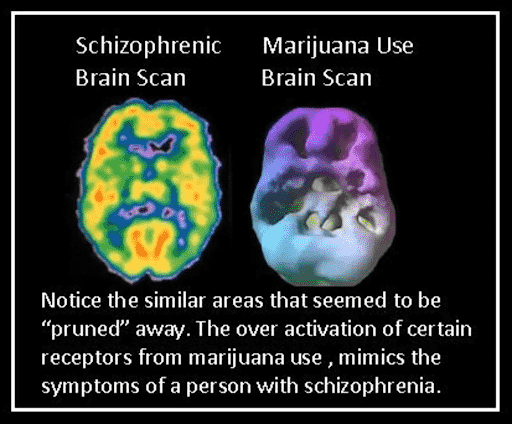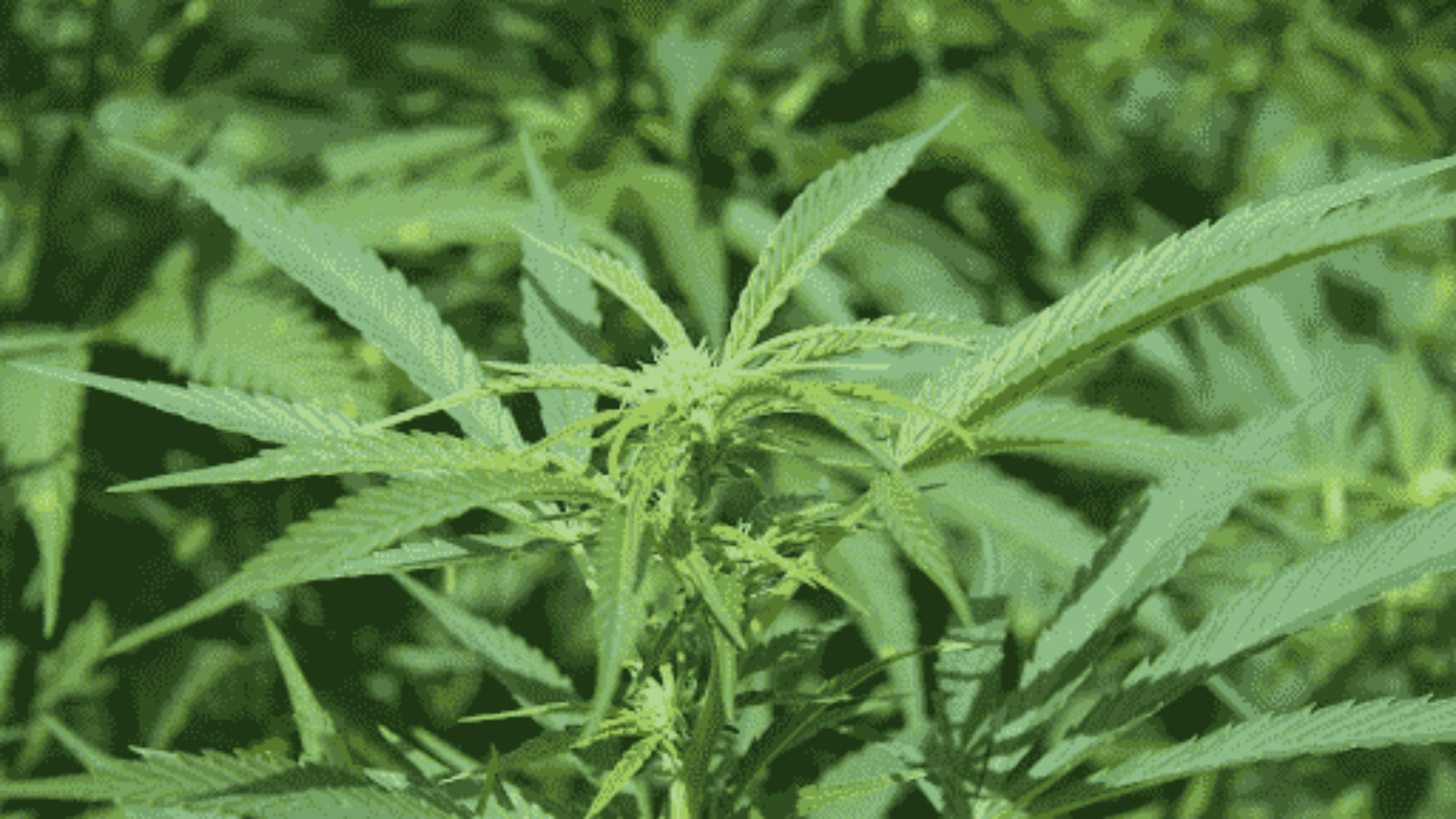
Introduction:
Imagine you are at a social gathering and someone offers you a joint. You may have heard about the effects of marijuana from science classes and the media, but you may still be uncertain about what to expect. What happens to your brain and body when you embark on this journey? From the euphoric highs to the pitfalls of this green plant, in this exploration, we will dive deep into the intricate tapestry of marijuana’s effects on the brain and body, shedding light on both its allure and potential consequences, and examining the scientific side of this drug.
The Origins of Marijuana
Marijuana, also known as cannabis, has been a part of human culture for centuries. From traditional customs to modern recreational use, it has played a significant role in various cultures worldwide. While originally used for medicinal purposes, the use of this plant spread from Asia to Africa, Europe, and the Americas. In America, hemp, a variety of cannabis, was widely cultivated in the colonies of Virginia, Massachusetts, and Connecticut as a versatile resource for textiles, paper, and more. It is surprising to know that the early hemp plants had very low levels of the psychoactive compound THC. There are hints that ancient civilizations may have recognized the psychoactive potential of certain strains of the plant, potentially cultivating them for ceremonial or medicinal purposes. Evidence found in the graves of ancient shamans, including charred cannabis seeds, dates back to 500 BC and sheds light on the journey of cannabis through time.
The Compounds of Cannabis
At the heart of marijuana’s enigmatic effects are over 500 distinct compounds in this green plant. The scent of this plant is due to the compound terpenoids which are responsible for the aroma of cannabis and other flowering plants. Studies show that terpenoids have diverse physiological effects, and they may contribute to the effects of cannabis. Moreover, cannabis contains unique compounds known as cannabinoids, with over 100 different types identified. The most well-known cannabinoid, delta-9-tetrahydrocannabinol (THC), is responsible for the psychoactive effects of cannabis, including changes in perception, mood, emotion, cognition, and motor function. CBD has been receiving increasing attention due to its potential therapeutic properties. These intricate compounds work together by interacting with the endocannabinoid system within our bodies, a sophisticated web of receptors that control a collection of physiological processes. The fascinating part is how various strains of marijuana contain different concentrations of THC, CBD, and other cannabinoids and terpenes. The chemical makeup of these drugs affects the body and mind in outlandish ways and understanding these compounds is essential for unraveling the mysteries of marijuana’s influence on our lives.
Short Term Effects
Even though the consumption of cannabis has long-term effects, it also has short-term effects that are striking and immediate. Those who consume edibles, smoke, or vape often find themselves embarking on a unique journey. In the presence of euphoria and an altered perception of this drug, colors appear more vivid, music becomes a symphony of sensations, and even food tastes different. However, this altered state always comes

with a price: impaired coordination and reflexes, an increased heart rate, dry mouth, and bloodshot eyes are frequent sidekicks of the cannabis experience. After taking cannabis, daily tasks that require concentration and focus may also be adversely affected temporarily when taking marijuana. When high doses or individual predispositions are present, this journey can unexpectedly turn into anxiety and paranoia. As a result, your heart rate can increase, making you more likely to suffer a heart attack, panic attack, or stroke.
Long Term Effects:
Through many years of debate and extensive scientific research, the effects of marijuana on the brain and body come with many long-term effects that might alter your mind about the narcotic. Cannabis use has been linked to various adverse health outcomes. Studies have shown that prolonged marijuana use can impair cognitive functions such as attention, memory, and learning (short-term memory), especially in adolescents. Furthermore, research shows that the usage of marijuana can raise the desire for alcohol,

increase the risk of bleeding, increase appetite, reduce the effectiveness of antiviral drugs, and lead to addiction. Moreover, addiction can lead to a lack of motivation and a decrease in educational and occupational achievements. There is a growing body of evidence linking cannabis use with mental health problems, psychosis (which can mimic the symptoms of schizophrenia), and more harmful substances.
Conclusion:
In conclusion, our journey into the world of marijuana has revealed a complex and intricate landscape that requires a deep understanding of its nuances. While this green plant has deep historical and cultural roots, it also carries a myriad of compounds that interact with the human body and mind in unique ways. From the euphoric highs to the potential pitfalls, marijuana’s effects are both captivating and consequential through the various compounds that are within this potent green plant.
Sources:
https://www.mayoclinic.org/drugs-supplements-marijuana/art-20364974
https://www.drugfreeworld.org/drugfacts/marijuana/short-and-long-term-effects.html


Add a Comment